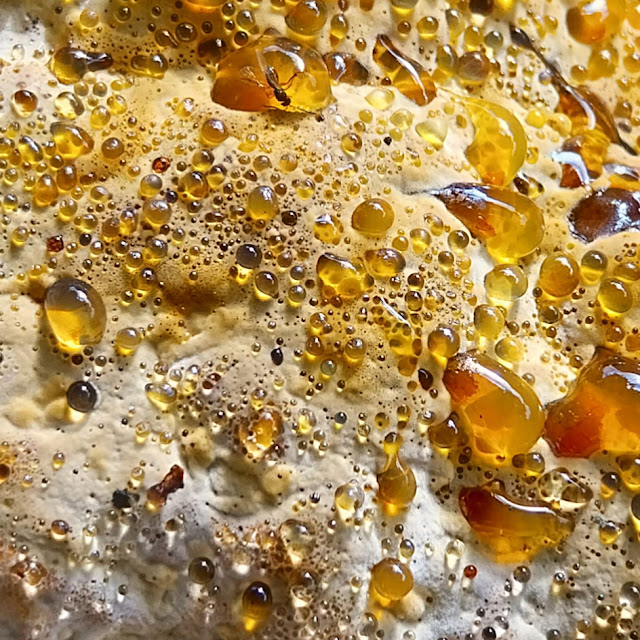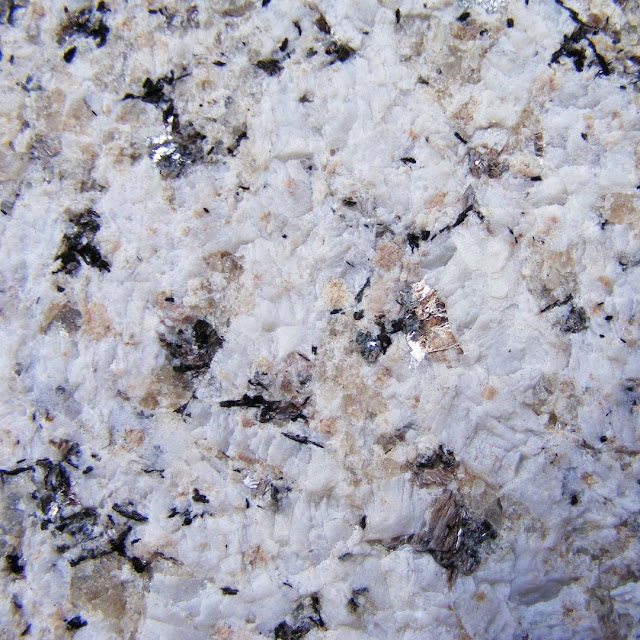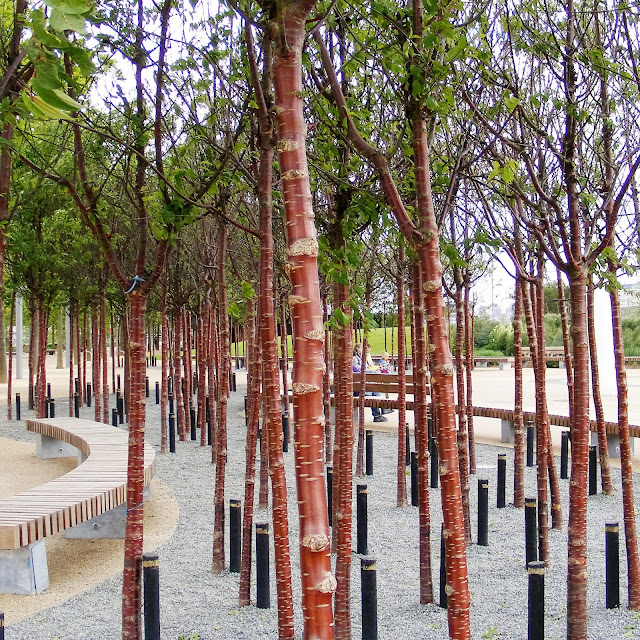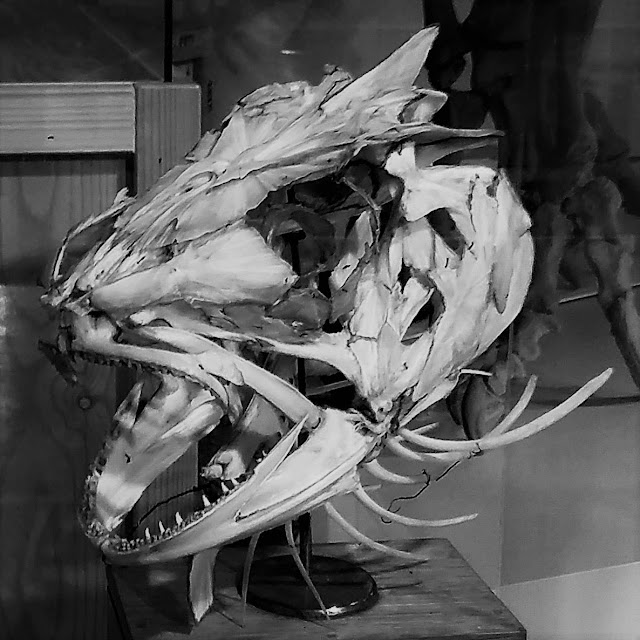 |
| A macro photo of Ketton Stone, demonstrating the ooliths it is composed of |
A lot of photos don’t really come out like you hope they will. They are fine, yes, but nothing to write home about – bog-standard landscape shots or whatever... On the other hand, one occasionally does come out like you were really hoping it would, a landscape that takes your breath away or a detail of something you’ve seen. This was one such photo, and yes, it does look like a certain well-known breakfast cereal! I don’t think milk would soften it much, though.
This particular photo is a macro shot of a piece of oolitic Lincolnshire Limestone, so we are looking at a fairly small area of it. The ooliths, which are each smaller than 1mm in diameter, are formed of layers of limestone – calcium carbonate – which have formed around a tiny piece of sand or shell. I was lucky in that when I took the photo, the sun was shining – the lighting makes all the difference in photography! I didn’t take it out on site – I laid the rock horizontally on a picnic table in our back garden when the sun was just at the right angle. The height of the table also made it comfortable to take the photo.
To set the photo in its context: The Lincolnshire Limestone (but the piece in the photograph came from Ketton Quarry, in Rutland) was formed roughly 155 million years ago, in the Jurassic Period. The area that is now south-east England (and a lot wider area, actually) was then a warm, sub-tropical sea. It would have been rather like the seas around the Bahamas are now! The seabed was subject to some quite strong currents, so the ooliths were being rolled around and coated in calcium carbonate. Rutland may be England’s smallest county but, with an impressive record of changing climatic and depositional environments, it is certainly not the least interesting from a geological point of view.
100Photos #17









